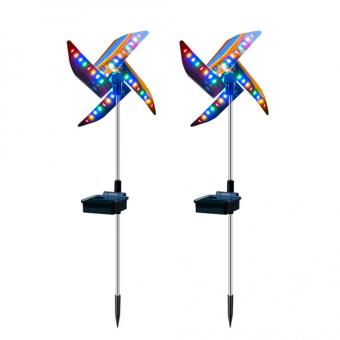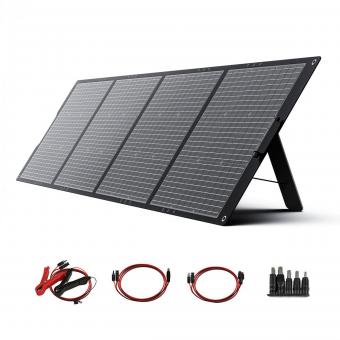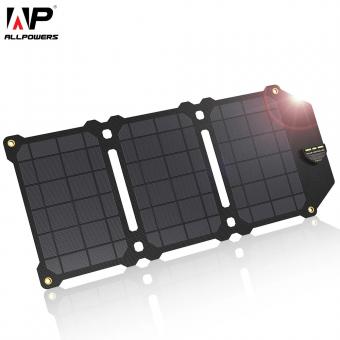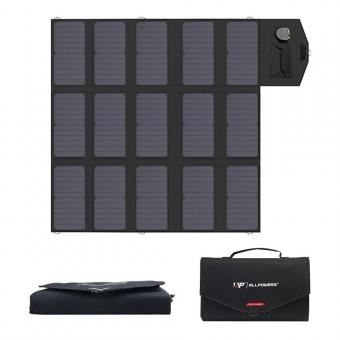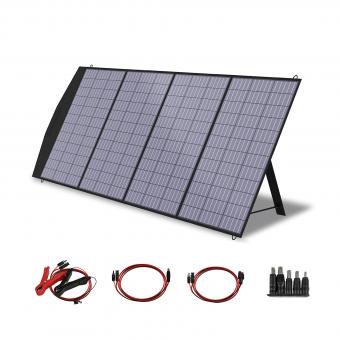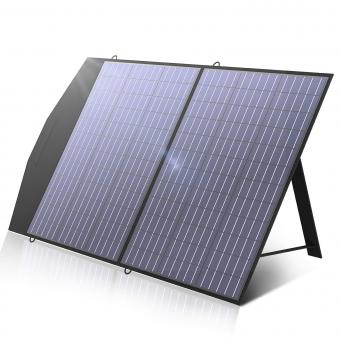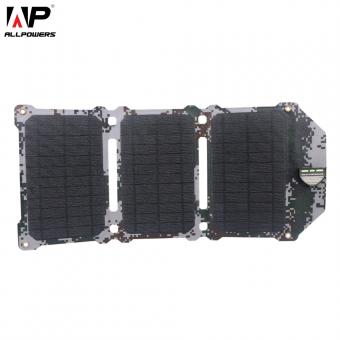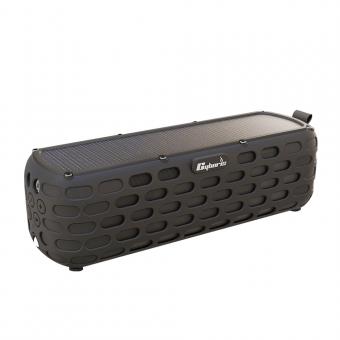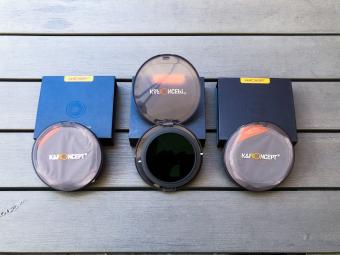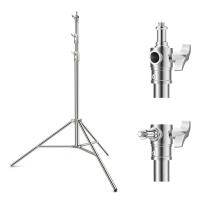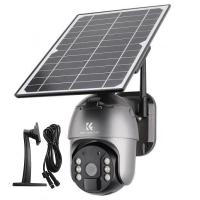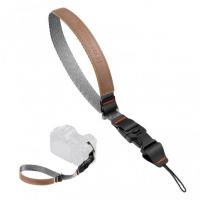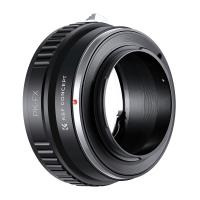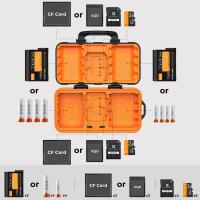What Watt Solar Panel Do I Need?
As the world increasingly shifts towards renewable energy sources, solar power has emerged as a popular and viable option for both residential and commercial applications. One of the most common questions people have when considering solar energy is, "What watt solar panel do I need?" This question is crucial because selecting the right wattage for your solar panel system can significantly impact your energy production, cost savings, and overall efficiency. In this article, we will delve into the factors that influence the wattage requirements for solar panels and provide a step-by-step guide to help you make an informed decision.
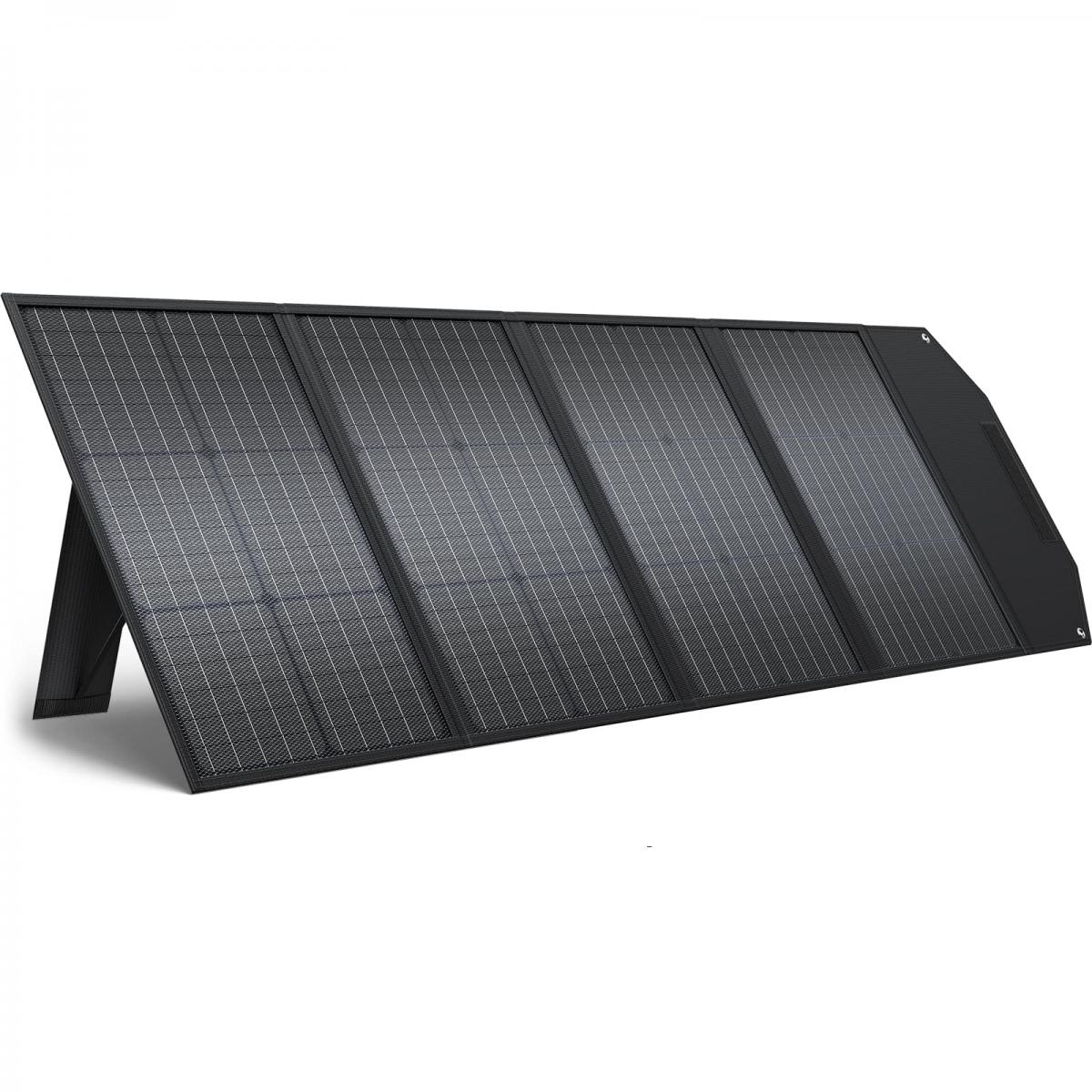
Understanding Solar Panel Wattage
Before we dive into the specifics, it's essential to understand what solar panel wattage means. The wattage of a solar panel indicates its power output under standard test conditions. It is a measure of how much electricity the panel can produce per hour. For example, a 300-watt solar panel can generate 300 watts of electricity in one hour of peak sunlight.
Factors Influencing Solar Panel Wattage Requirements
1. Energy Consumption: The first and most critical factor to consider is your household or business's energy consumption. This is typically measured in kilowatt-hours (kWh). To determine your energy needs, review your electricity bills for the past year and calculate your average monthly and daily consumption.
2. Location and Sunlight Exposure: The amount of sunlight your location receives directly impacts the efficiency of your solar panels. Areas with more sunlight will require fewer panels to generate the same amount of electricity as areas with less sunlight. Tools like the National Renewable Energy Laboratory's (NREL) PVWatts Calculator can help estimate the solar potential of your location.
3. Roof Space and Orientation: The available space on your roof and its orientation (south-facing, east-facing, etc.) will also affect the number and wattage of solar panels you can install. South-facing roofs typically receive the most sunlight, making them ideal for solar panels.
4. Panel Efficiency: Not all solar panels are created equal. Higher efficiency panels can produce more electricity per square foot than lower efficiency panels. While high-efficiency panels may cost more upfront, they can save space and potentially reduce the number of panels needed.
5. System Losses: No solar panel system is 100% efficient. Factors such as shading, dirt, and system inefficiencies can reduce the overall output. It's essential to account for these losses when calculating your wattage needs.
Step-by-Step Guide to Determine the Right Wattage
1. Calculate Your Energy Needs: Start by determining your average daily energy consumption in kWh. For example, if your monthly consumption is 900 kWh, your daily consumption would be 900 kWh / 30 days = 30 kWh per day.
2. Estimate Sunlight Hours: Determine the average peak sunlight hours your location receives per day. This information can be found through online resources or local weather data. For instance, if your area receives an average of 5 peak sunlight hours per day, you will use this number in your calculations.
3. Determine Total System Size: Divide your daily energy consumption by the average peak sunlight hours to find the total system size in kilowatts (kW). Using the previous example, 30 kWh per day / 5 peak sunlight hours = 6 kW system size.
4. Account for System Losses: To account for system losses, it's common to add a 25% buffer to your total system size. So, 6 kW * 1.25 = 7.5 kW.
5. Choose Panel Wattage: Finally, decide on the wattage of the individual panels you want to use. If you choose 300-watt panels, divide your total system size by the panel wattage to determine the number of panels needed. In this case, 7.5 kW / 0.3 kW (300 watts) = 25 panels.
Practical Considerations and Tips
1. Budget and Financing: Solar panel systems can be a significant investment. Consider your budget and explore financing options, such as solar loans, leases, or power purchase agreements (PPAs). Some states and countries also offer incentives and rebates to reduce the initial cost.
2. Future Energy Needs: Think about any future changes that might affect your energy consumption, such as adding an electric vehicle, expanding your home, or increasing the number of occupants. It's wise to size your system with some room for growth.
3. Professional Consultation: While this guide provides a solid foundation, consulting with a professional solar installer can offer personalized insights and ensure your system is optimized for your specific needs and location.
4. Maintenance and Monitoring: Regular maintenance and monitoring are essential to keep your solar panel system operating at peak efficiency. Clean the panels periodically and check for any shading or damage that could impact performance.
5. Energy Efficiency Measures: Before installing solar panels, consider implementing energy efficiency measures in your home or business. Reducing your overall energy consumption can lower the size and cost of the solar panel system you need.
Conclusion
Determining the right wattage for your solar panel system involves a careful analysis of your energy consumption, location, roof space, panel efficiency, and potential system losses. By following the step-by-step guide outlined in this article, you can make an informed decision that maximizes your energy production and cost savings. Remember, investing in solar energy is not only a financial decision but also a commitment to sustainability and reducing your carbon footprint. With the right planning and considerations, you can harness the power of the sun to meet your energy needs and contribute to a greener future.

